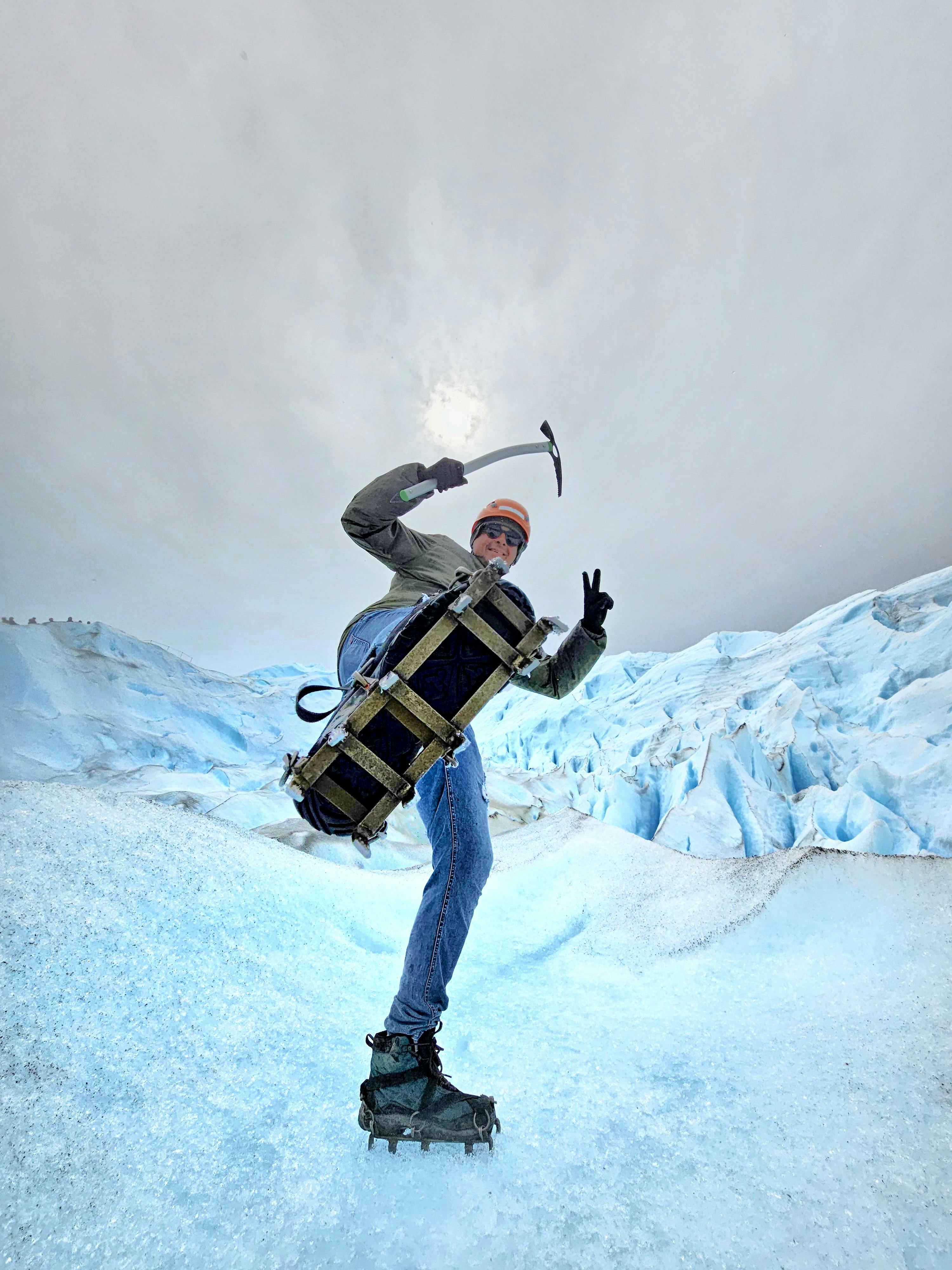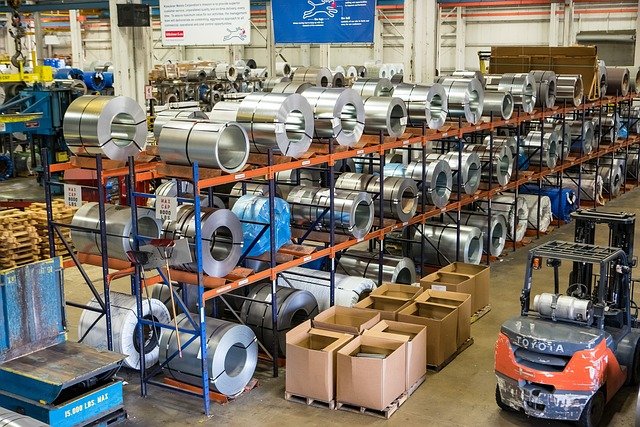Modular cargo systems for remote winter expeditions
Modular cargo systems adapt how you carry equipment on long winter trips, offering weather protection, organized storage, and flexible load distribution. This overview explains practical choices for packing, gear layout, and system types that support winter riding, navigation, and resilient operation in cold weather.

Remote winter expeditions require robust planning, adaptable gear, and cargo systems that perform in cold weather, deep snow, and limited-rescue environments. Well-designed modular cargo systems let riders manage weight distribution, protect electronics and consumables from freezing, and reconfigure loads between multi-day legs and short outings. This article explains how cargo layout interacts with suspension and track care, how to preserve battery life and fuel, and how to prioritize trail safety and avalanche safety while keeping navigation and emergency kits accessible.
How does winter riding affect cargo choices?
Winter riding changes what you pack and where you stow it. Snow, ice, and low temperatures increase the chance of shifting loads and frozen fasteners, so choose cargo systems with secure attachment points and low, centered storage zones. Insulated pockets or removable liners help prevent cold start issues for spare fuel and batteries, while waterproof compartments protect navigation devices and lighting. Plan for changing conditions by organizing frequently used items near the rider and heavier kit close to the centerline to preserve traction and predictable handling.
What trail safety and avalanche safety measures should cargo systems support?
Cargo systems must make rescue and safety gear instantly accessible. Dedicate clearly labeled compartments for avalanche beacons, probes, shovels, and a compact emergency kit so you don’t have to unload everything during a response. Keep beacon batteries warm or in insulated pouches to ensure reliable performance. Secure external attachments so they do not snag on brush or trail obstacles, and maintain a balance that prevents unexpected shifts when traversing steep or variable snowpack. Follow local trail safety guidance and adjust loadout for terrain and season.
How do cargo systems interact with suspension and track care?
Load placement directly affects suspension behavior and track wear. Hard racks transfer forces differently than soft bags; vibration-damping mounts and distributed load plans reduce stress on suspension components and the track. Modular cargo that allows incremental loading helps maintain correct ride height and handling. Regularly inspect suspension fasteners, shock mounts, and track tension during trips, and carry basic repair items so you can address minor wear before it becomes a failure in remote conditions.
How to manage battery management, cold start, and fuel care within cargo layouts?
Cold temperatures sap battery capacity and complicate cold starts. Incorporate insulated battery boxes, reflective covers, or removable battery pouches that can be warmed by body heat when necessary. Store spare batteries and a small trickle charger or portable jump starter where they remain accessible. For fuel care, secure approved containers upright in ventilated and stable mounts, separated from sleeping and food areas. Keep fuel and lighting spares accessible for quick refueling and to maintain visibility during short winter daylight hours.
How to balance ergonomics, lighting, and maintenance needs?
Ergonomics reduces rider fatigue on long trips; configure cargo so it does not impede stance, steering, or reaching critical controls. Place frequently used tools and lighting spares within easy reach, and use modular bags that detach into backpacks for side trips. Integrate lighting systems and spare bulbs into the cargo plan to support early dark or whiteout conditions. Build a maintenance kit with essential tools and spare fasteners into a dedicated pouch so routine checks and minor repairs can be performed without unpacking the main load.
How to integrate route planning, navigation, emergency kit, and traction considerations?
Route planning determines how much redundancy and self-recovery gear you need. Modular cargo systems that separate navigation from survival gear speed access to paper maps, compass, GPS devices, and backup batteries. Store traction aids, tow straps, and simple repair parts in external, clearly marked compartments to allow quick deployment. An emergency kit should include shelter layers, a compact stove or ignition source, and first-aid items, kept dry and insulated. Ensuring balanced loads helps maintain traction on climbs and technical sections, while detachable modules enable redistributing weight for short excursions.
Remote winter travel benefits from modularity: the ability to detach, reconfigure, and protect cargo improves safety and adaptability on long routes. Attention to suspension effects, track care, and regular maintenance preserves equipment longevity, while thoughtful placement of batteries, fuel, lighting, and rescue tools ensures they work when needed. By organizing cargo around accessibility, cold weather protection, and balance, riders can enhance reliability and comfort during extended winter expeditions.





